How to create a wildlife pond – experts share essential advice
From where to put one to advice on plants, this guide will help you create a haven for visiting insects, birds, and more
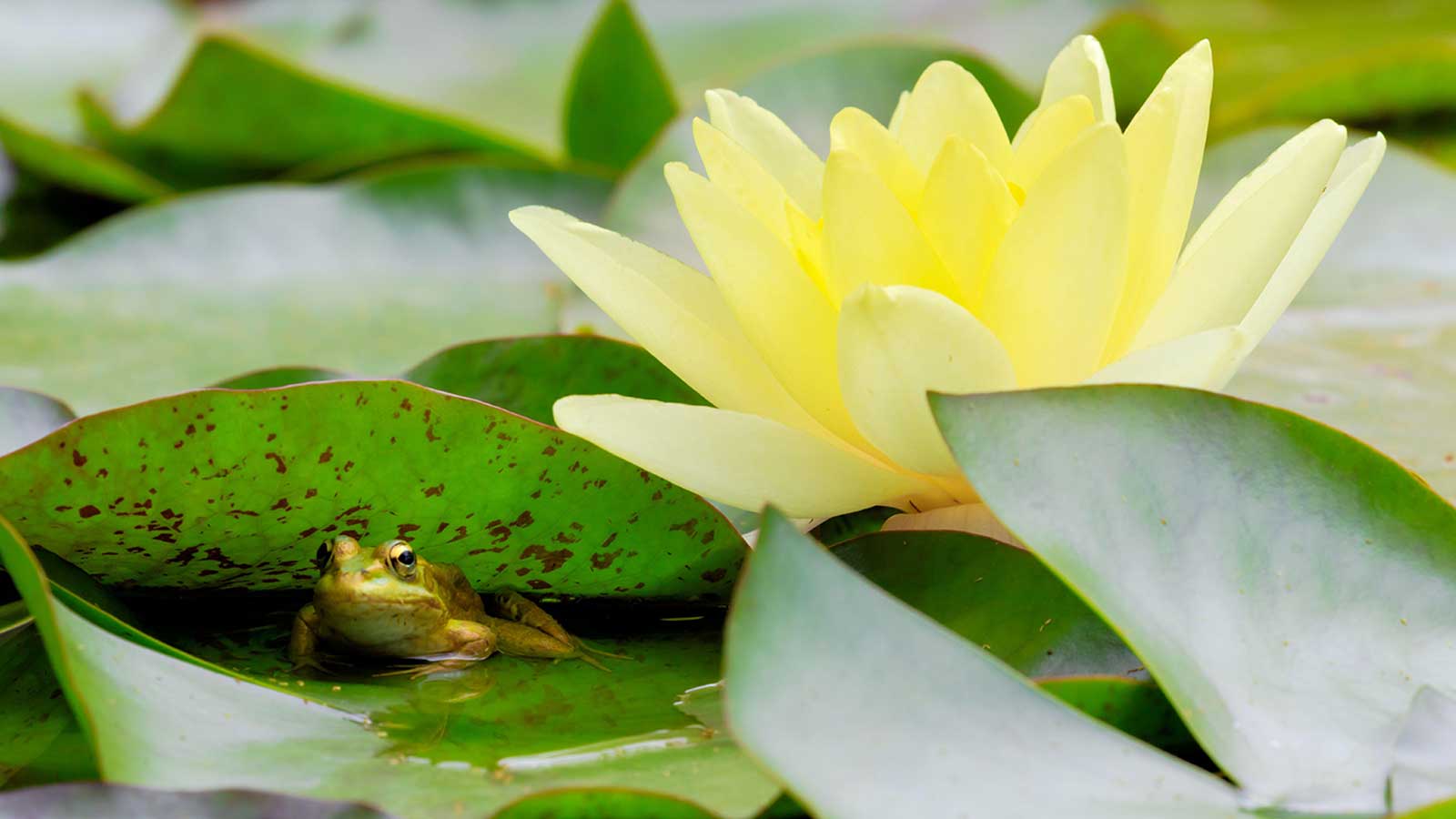

A wildlife pond provides a valuable place for drinking, bathing, and habitation for creatures great and small. So if you're looking for ways to make your outdoor space more eco-friendly and full of life, they're a great project to consider.
While adding one to your wildlife garden will attract frogs, newts, and other amphibians, it will also encourage hummingbirds, butterflies, dragonflies, and more. Ben Team, a wildlife expert, says, 'They can be a wonderful way to help support biodiversity and help maintain healthy animal populations.' And they're easy to build with a bit of know-how.
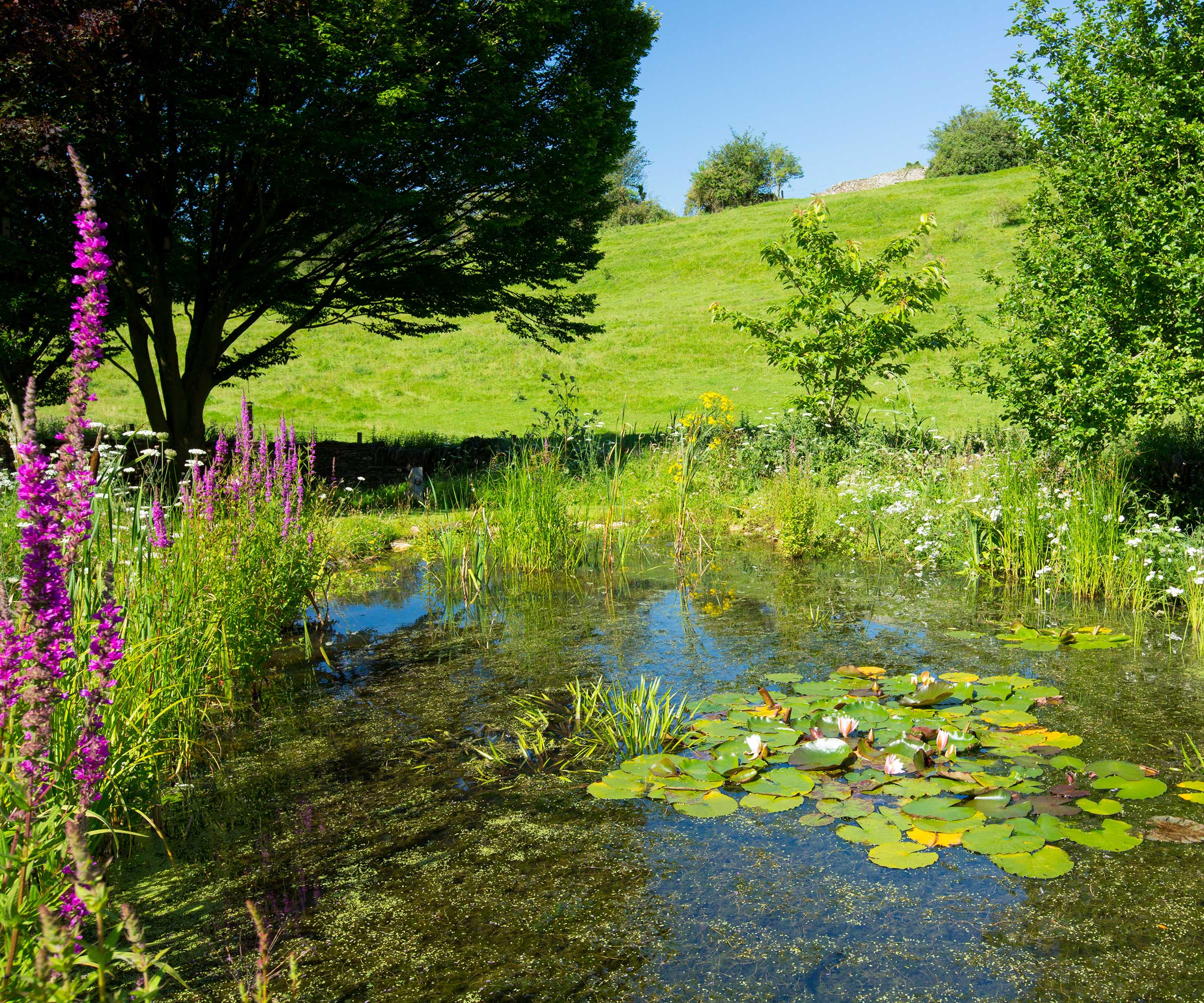
Wildlife ponds provide many benefits for small animals

A lifelong environmental educator and the former executive director of a nature reserve, Ben has led more than 10,000 miles of guided nature hikes, authored more than 40 animal care books, and has been profiled in a variety of media outlets, including local public television, County Line Magazine, and Disney Radio.
How to create a wildlife pond
The wildlife experts share their top tips for building these backyard water features below.
Choosing a site for your wildlife pond
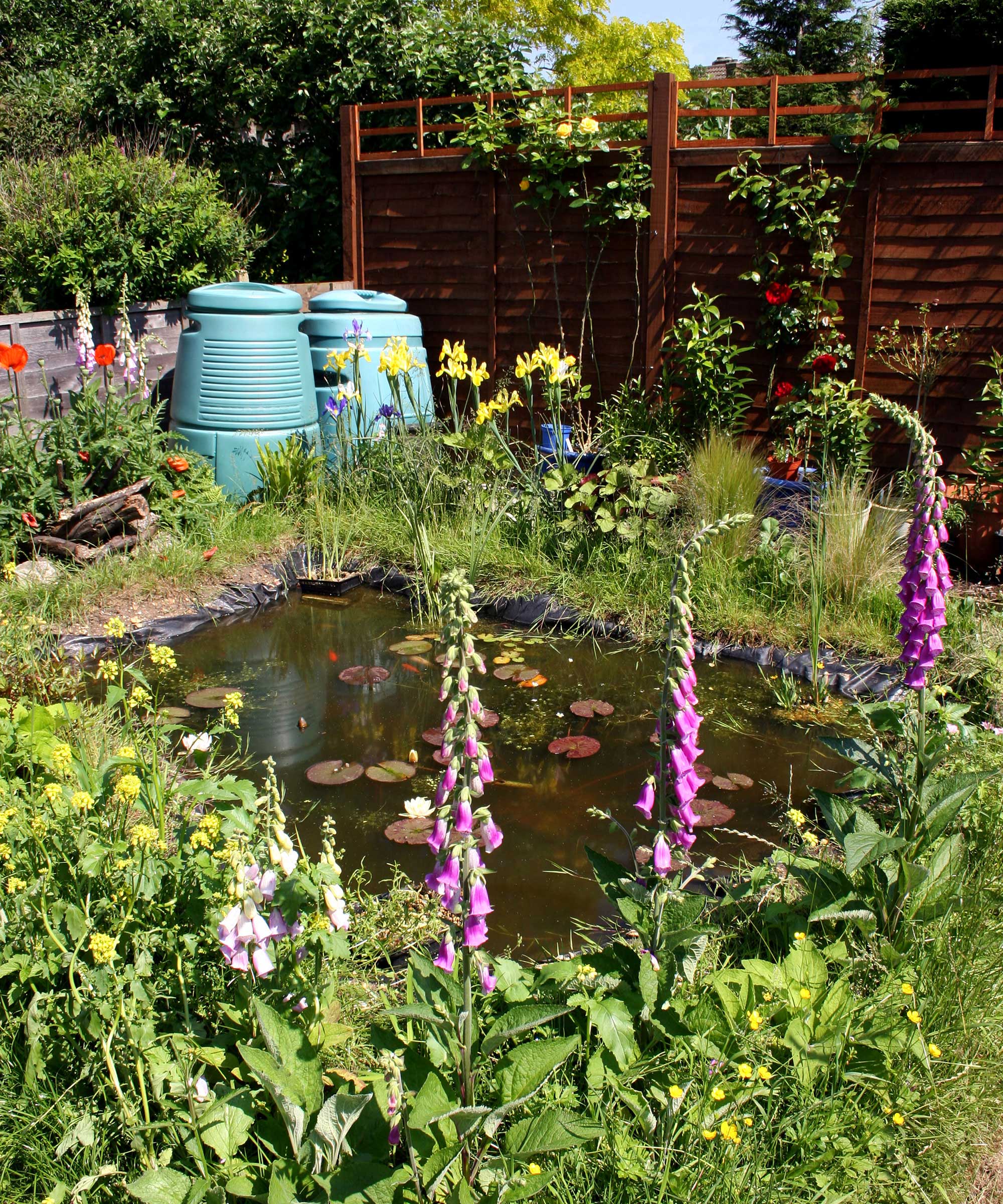
Consider how much sunshine your pond will get throughout the day
One of the first things to decide is where to put your wildlife pond, and many wonder whether somewhere sunny or shady is best.
Peter Gros, wildlife expert and co-host of Mutual of Omaha's Wild Kingdom, recommends considering a site that has both – 'where wildlife can both enjoy sunning themselves and find relief from the summer heat.'
Tommy Wylde, also a wildlife expert, agrees on choosing a spot with a mix. 'Too much sun can lead to algae problems, while too much shade can limit plant growth,' he says. He also recommends situating your pond away from large backyard trees to avoid leaf litter and roots disturbing the pond liner.
While spotting creatures in wildlife ponds can be a fun family activity, if you have children, it's important to ensure ponds are safely contained within a backyard fence.
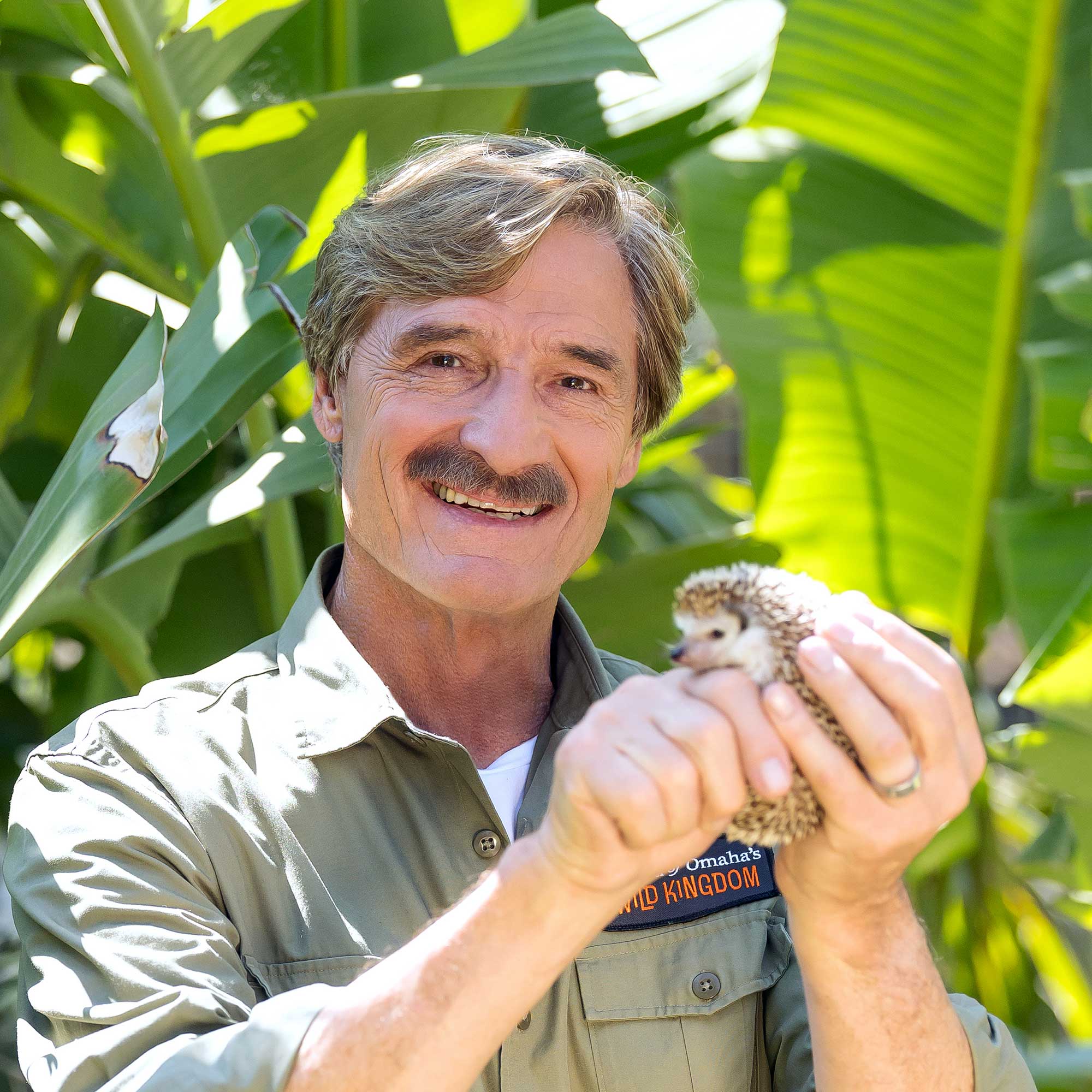
Peter Gros is a veteran wildlife expert who shares his love for wildlife and wilderness with families and children throughout the country. He has nearly 30 years of field experience with wildlife and has been a part of Mutual of Omaha’s Wild Kingdom since 1985.

Tommy is a wildlife expert who has worked for several years as a nature guide. He now runs a wildlife-themed online publication called Floofmania.com where he writes about everything related to animals and North American wildlife. He’s made his own wildlife pond as well as helped his family establish one.
Deciding how big to make your wildlife pond
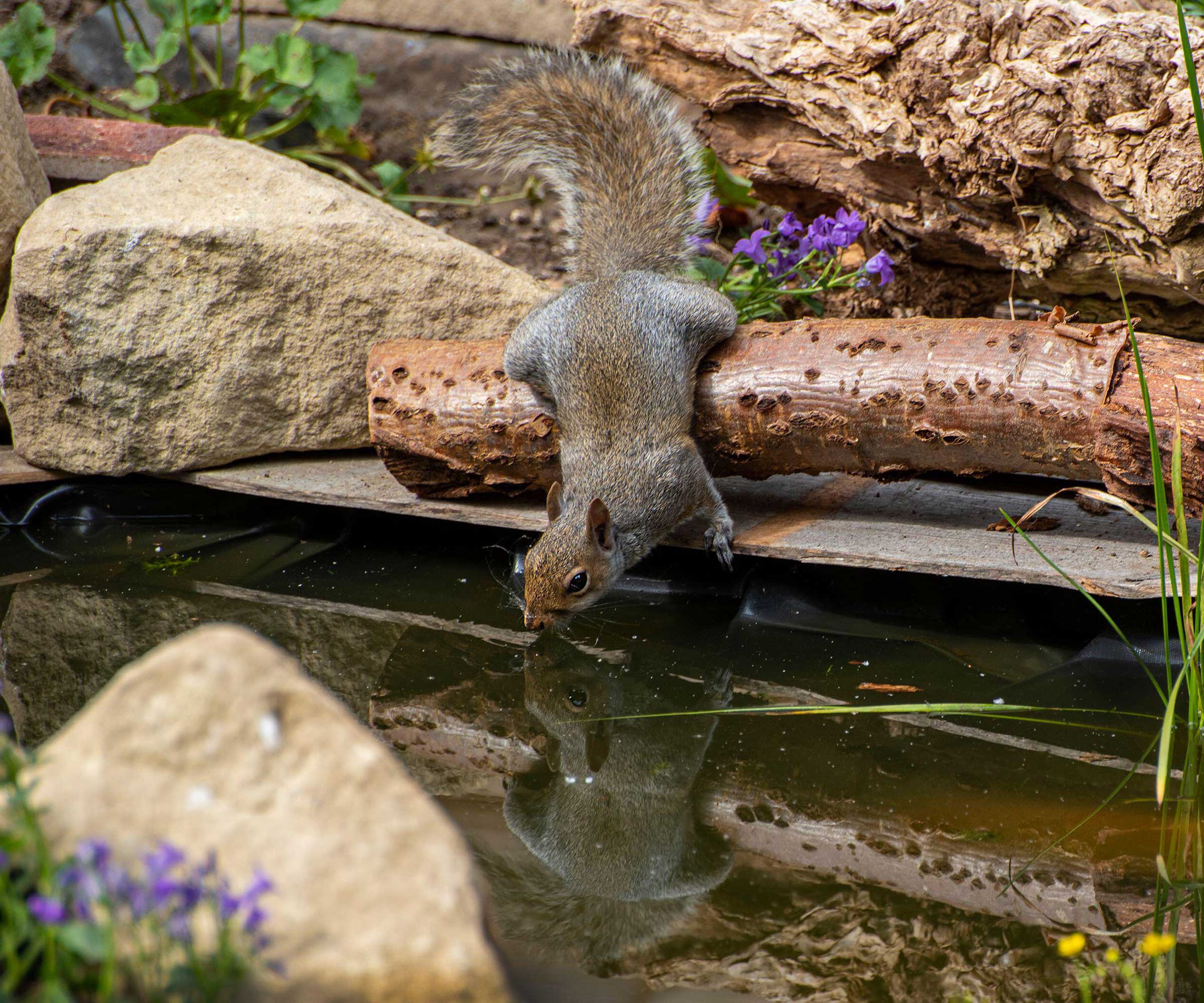
Even a small pond will attract wildlife
Ben points out that the size of the pond will play a large role in the species you’re likely to attract. 'Large backyard wildlife ponds may attract various pond turtles and aquatic or semi-aquatic snakes, whereas small ponds will primarily attract things like frogs and small birds,' he says.
Whatever its width and length, aim to create varied depths, if possible. A shallow end will allow birds and insects to access water easily, says Tommy. A deeper part (at least two feet) will enable aquatic life to overwinter, he adds. Try to create gradual ledges, Peter recommends.
Top tip: If you're working with a small garden and don't have space to dig out a full-sized pond, you can create a compact version instead. Even a small frost-proof basin or bucket of water, with the addition of a few aquatic plants and stones to create shallower areas, can encourage visiting creatures.
Building your wildlife pond
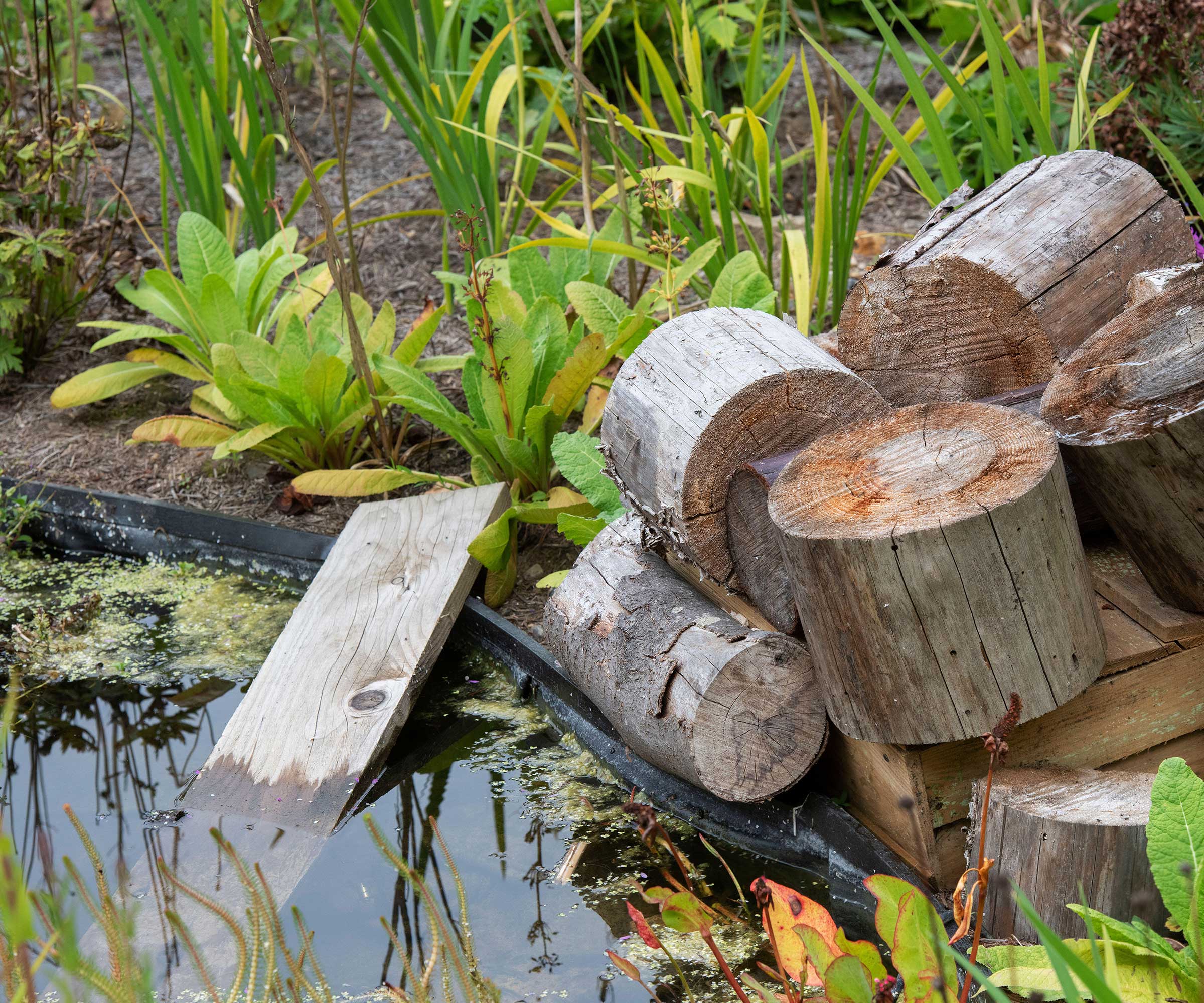
Ensure there is a way for animals to get in and out of the water safely
Once you've decided on the location and size, it's time to build your pond.
'Use a flexible rubber liner for durability,' says Tommy. 'Ensure it’s large enough to cover the entire pond area plus extra for securing the edges. Another option is to use any clay that may be naturally available in the ground,' he adds, 'but this isn't always a given.'
You could try using this Firestone pond liner from Amazon, which has over 600 5-star ratings. Alternatively, there are pre-molded pond liners, often available to buy from garden centers, which require sinking into the ground.
Next, it's time to make the pond a little more interesting for visiting backyard critters. 'Adding small-to-medium sized rocks or logs to your pond's interior can help to create a more realistic underwater landscape for aquatic wildlife and provide shelter,' Peter says.
Think about the area around your pond, too. Tommy recommends adding features such as log piles or a rockery to offer hiding spots for creatures. These will also enhance the look of your pond by hiding the pond liner, and can be arranged to improve accessibility to the water for small animals.
Filling your wildlife pond
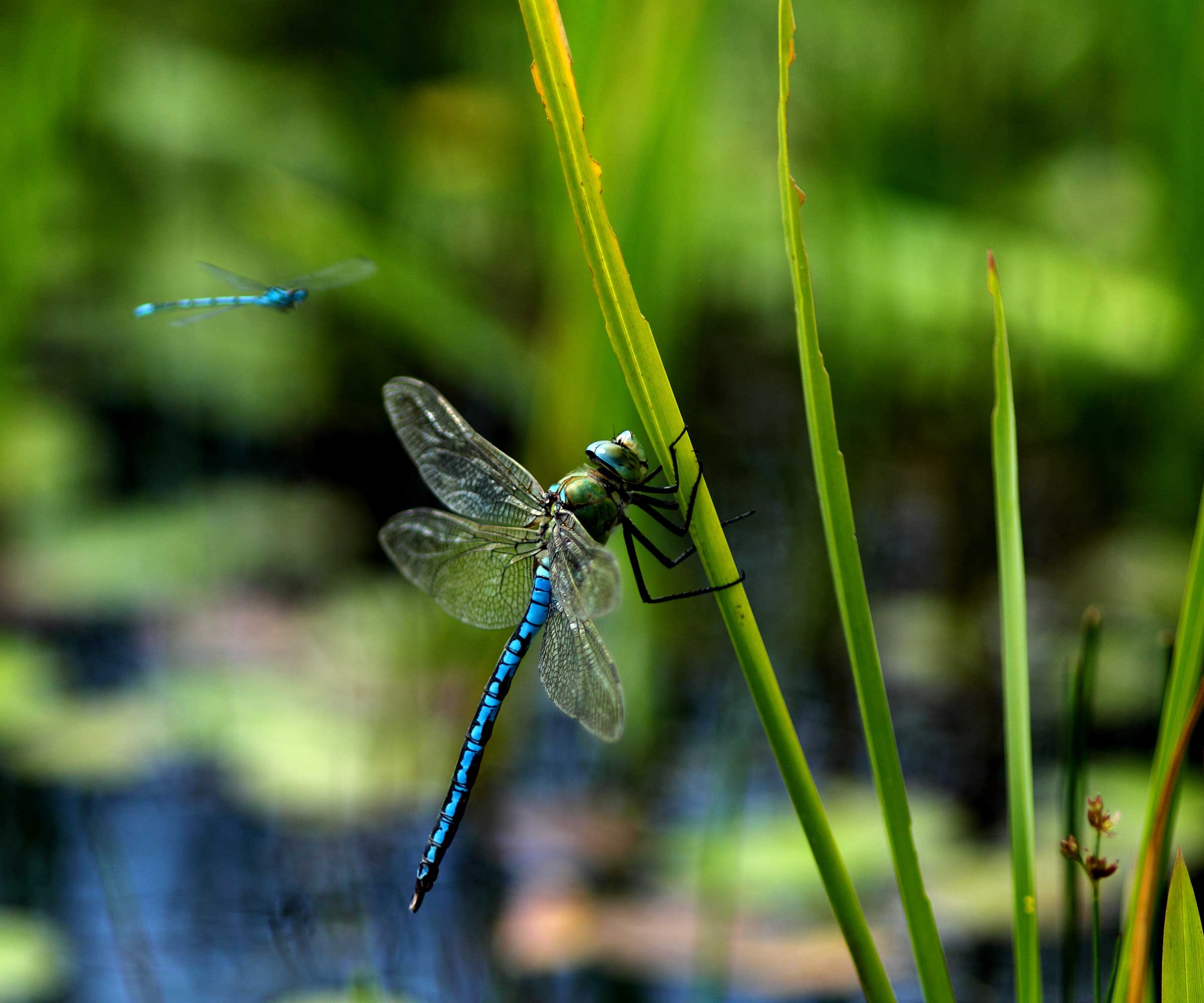
Dragonflies are just one type of insect that will be attracted to your pond
Every pond needs water, but just like when watering plants, don't be tempted to reach for the tap. 'It can introduce chemicals or unwanted nutrients,' warns Tommy. Instead, he recommends opting for harvested rainwater.
Consider making a rain barrel if you don't have one already. They're great for making your garden more sustainable, and in summer, you can use the collected water to top up your pond if needed.
Choosing plants for your wildlife pond
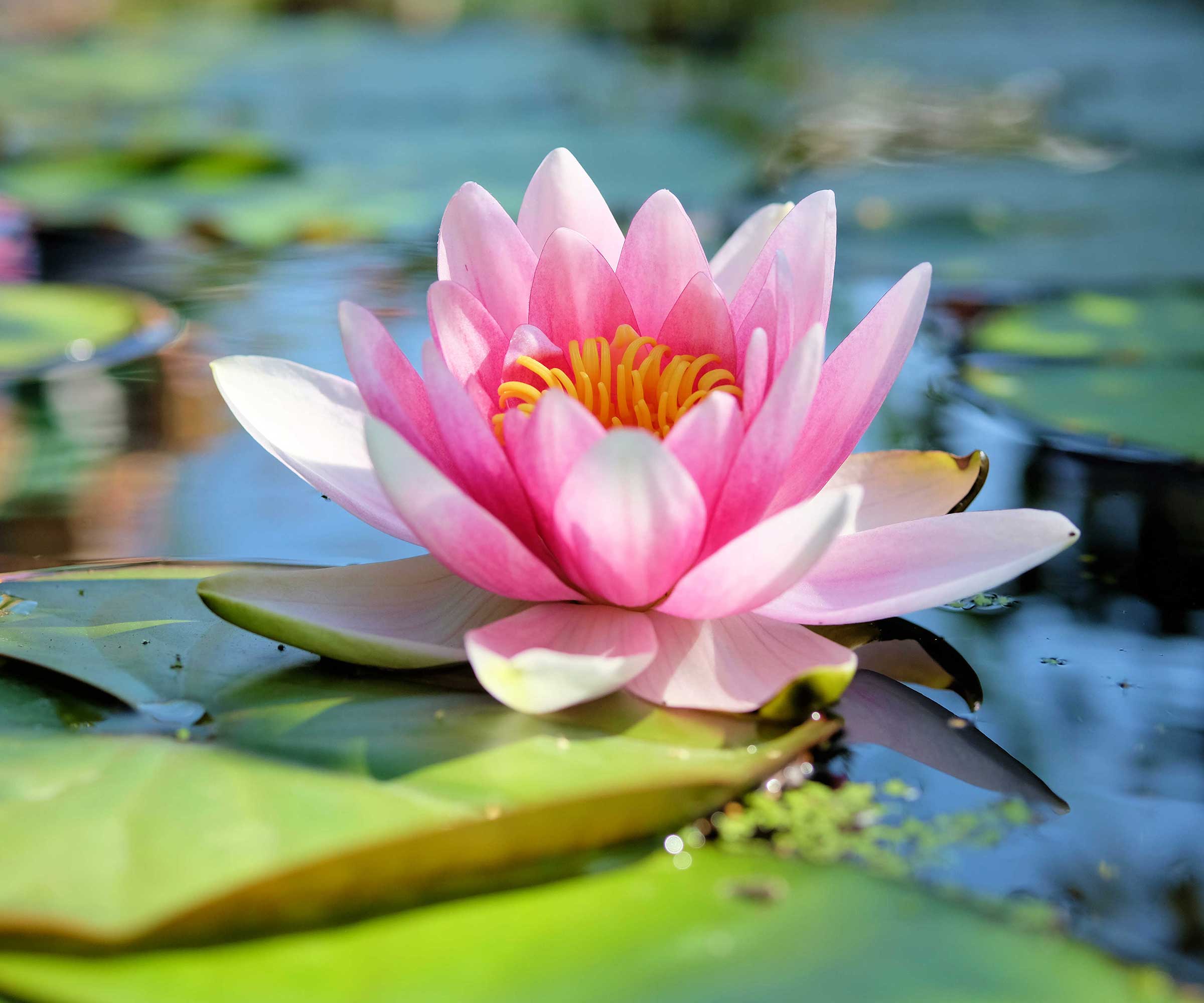
Waterlilies are a popular choice
Pond plants are a must-have when creating a wildlife pond as they can help to reduce algae and provide shelter for creatures. Plus, they will make your space look more aesthetically appealing.
Tommy recommends opting for a mix of submerged (oxygenators), floating, and marginal plants. 'Native species are best for attracting local wildlife,' he says. 'Include plants that flower at different times to provide year-round resources.'
There are many options to pick from. Water lilies are perhaps one of the most popular choices for their beautiful blooms – look for hardier varieties if you live somewhere cooler. If you're looking for flowers that attract hummingbirds, you could consider planting cardinal flowers, available at Nature Hills, around the borders of your pond. Blue flag irises, also available from Nature Hills, or variegated cattails are other pretty options.
Just like when choosing plants for your flowerbeds, ensure your US hardiness zone is suitable before you buy. And watch out for plants that are considered invasive species in your region, as Ben points out, such as Brazilian waterweed (Egeria densa) and hydrilla (Hydrilla verticillate) in the south. Always double-check before you add anything to your pond or backyard.
FAQs
How many plants should your wildlife pond have?
While it's tempting to fill your pond with as many plants as possible, it's important not to overdo it. As Tommy points out, this can lead to oxygen depletion in the water. Plus, it can reduce your pond's good looks.
It's generally advised to keep about half of your pond's surface covered with plants. A bit of maintenance, such as thinning out spreading plants, may be in order from time to time. You can use floating baskets and pond plant potting media (available from Aquascape at Amazon) to help contain some species.
Excessive algae should also be reduced by scooping it out with a net. After removal, leave it by your pond for a while, to give any small creatures within it a chance to return to the water safely.
Should you add fish to your wildlife pond?
Fish may attract herons and other wading birds, notes Ben.
However, fish prey on many insects and amphibians, including tadpoles, meaning they may reduce the diversity of species in your pond overall. What's more, they can encourage algae growth.
When is the best time of year to create a wildlife pond?
This landscaping project is a great gardening job for early spring, when the ground is easily workable. And at this time of year, it may fill up with rain naturally. Once the water has warmed a little, you can add your pond plants.
Don't forget to add a comfy place to sit nearby your pond, so you can admire your hard work and watch the wildlife come and go. We've got plenty of stunning outdoor seating area ideas if you need some inspiration.
If you're looking for more ways to welcome creatures to your backyard space, our guides on how to build a bug hotel and how to create natural bird feeders are well worth a look.
Sign up to the Homes & Gardens newsletter
Design expertise in your inbox – from inspiring decorating ideas and beautiful celebrity homes to practical gardening advice and shopping round-ups.

Holly started writing about gardening five years ago, and she is a regular contributor to Homes & Gardens. She has also written many gardening features for Woman & Home and Real Homes, too. She has previous experience as a professional gardener, where she helped to plant and maintain private gardens. Holly has also looked after allotment plots over the years and loves to grow her own flowers and veggies from seed. In her spare time, she enjoys visiting local gardens, botanical drawing, and tending to her ever-growing collection of houseplants.
-
 Martha Stewart's intelligent cabinets 'take every inch into consideration' – their 'visually light' style will solve your small kitchen storage problems
Martha Stewart's intelligent cabinets 'take every inch into consideration' – their 'visually light' style will solve your small kitchen storage problems'Every kitchen can be beautiful and functional, no matter what the size': 9 years since sharing her clever storage, Martha's cabinets are just as beautiful
By Megan Slack Published
-
 This once-dated kitchen is now a timeless space with the coziest details – and its the classic color palette that's made it a chic, welcoming space
This once-dated kitchen is now a timeless space with the coziest details – and its the classic color palette that's made it a chic, welcoming spaceWarming colors and natural materials combine to create this enduringly classic kitchen scheme
By Molly Malsom Published